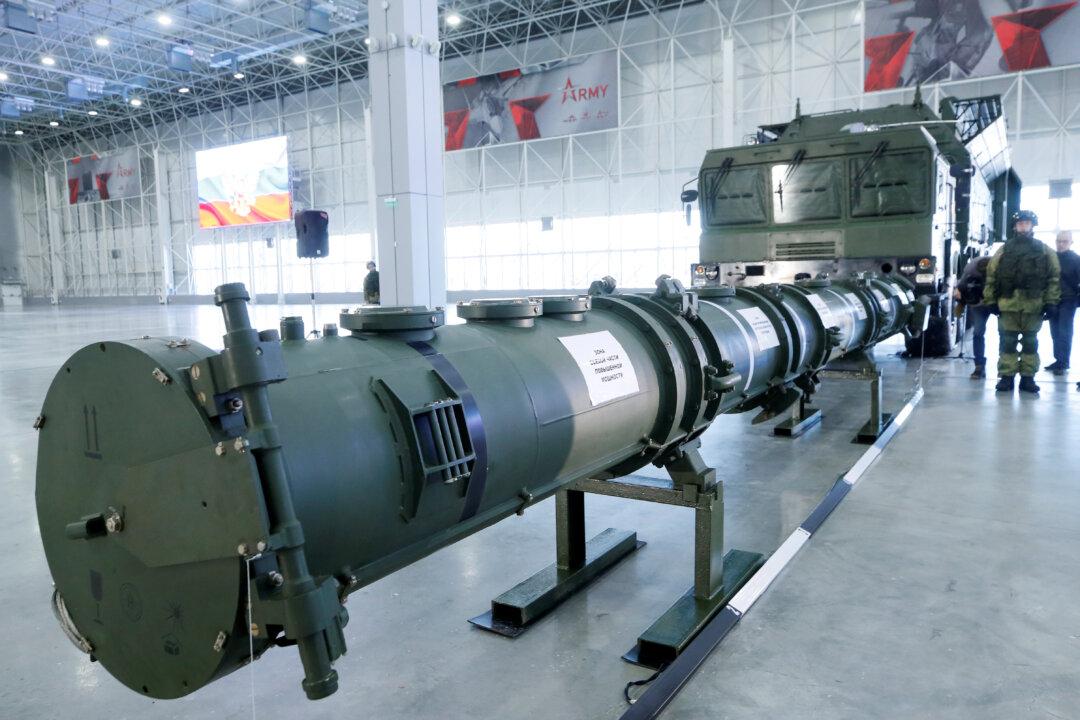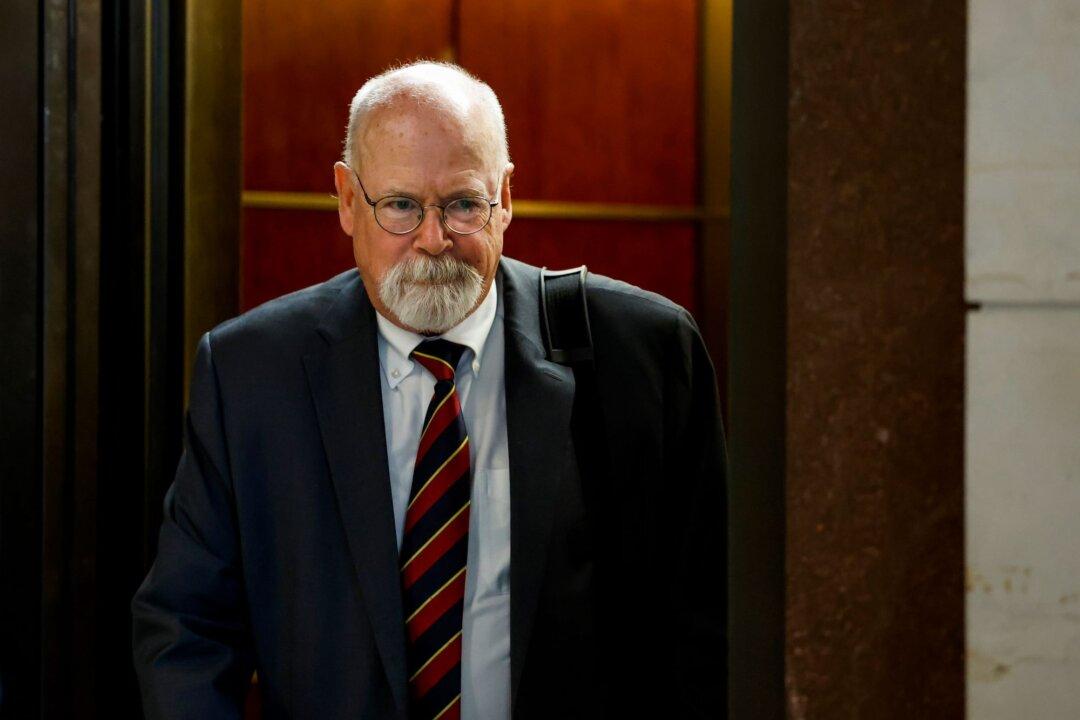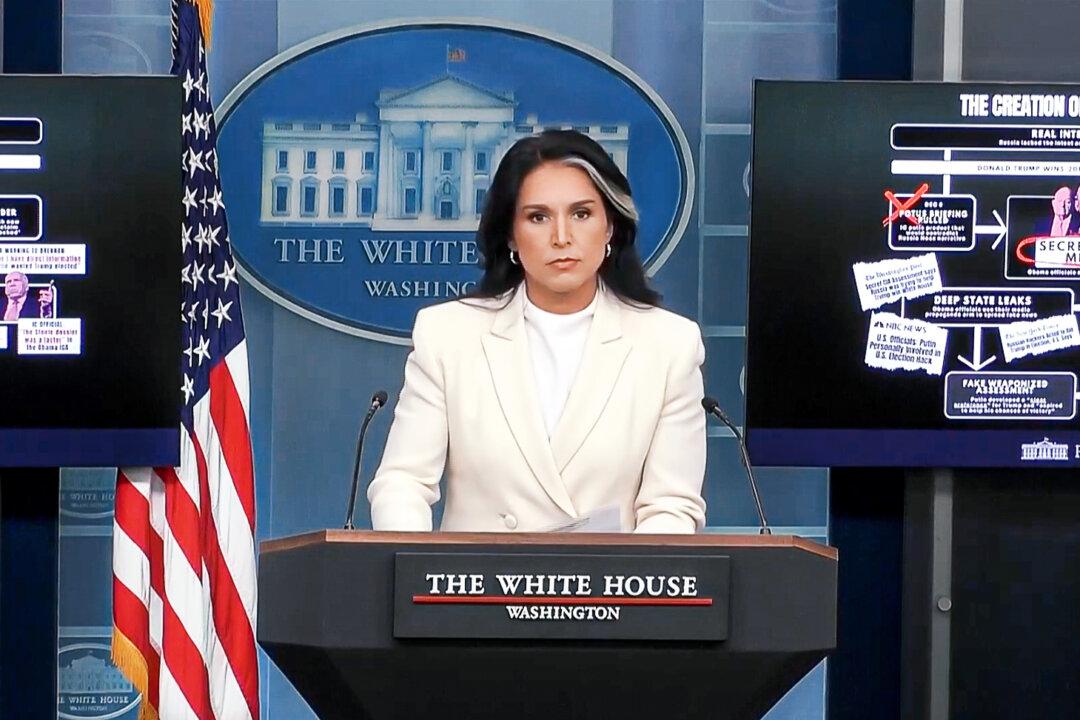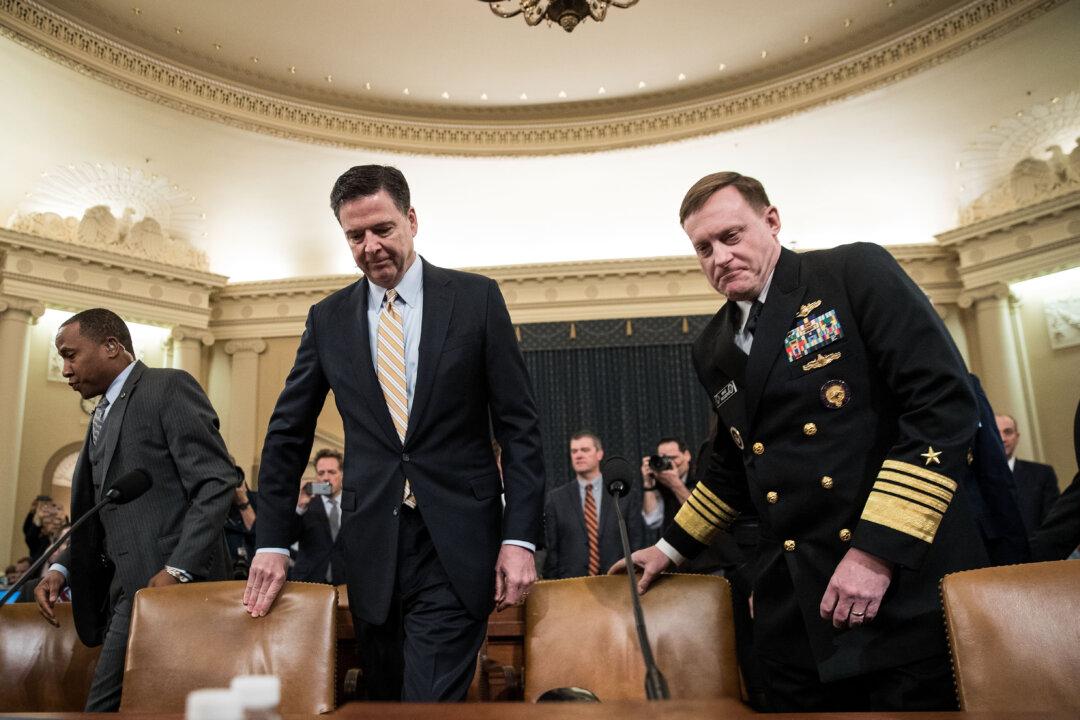The United States on Jan. 24 said Russia’s display of a secret missile didn’t prove that the nuclear-capable weapon is compliant with a 1987 arms treaty between the two nations.
Russian military officials unveiled the nuclear-capable Novator 9M729 missile to journalists and foreign military attachés on Jan. 23.





